
The typical American household earned $55,322 in 2016, roughly $4,000 higher than 2009’s median income of $51,425. In a number of small towns throughout the country, more than half of households earn more than three times the national median. And incomes in these towns are growing faster than they are nationwide.
To determine America’s richest towns, 24/7 Wall St. reviewed household income data from the U.S. Census Bureau’s American Community Survey in every American town with a population between 1,000 and 25,000. For comparison purposes, boroughs, census designated places, cities, towns, and villages were all considered.
The recovery from the Great Recession has largely benefitted the wealthiest households the most. While the share of aggregate income earned by the poorest 80% of households fell from 49.9% in 2010 to 48.6% in 2016, the share of income earned by the wealthiest fifth of households rose from 50.2% to 51.4%. In the majority of the wealthiest towns with available data, the median household income rose between 2009 and 2016 more than it did for the typical American household.
Click here to see the full list of America’s richest towns.
Click here to see the full list of America’s poorest towns.
Click here to see our detailed findings and methodology.

30. Rye, New York
> Median household income: $162,394
> Median home value: $1,107,000
> Adults with at least a bachelor’s degree: 73.2%
> Poverty rate: 3.3%
[in-text-ad]
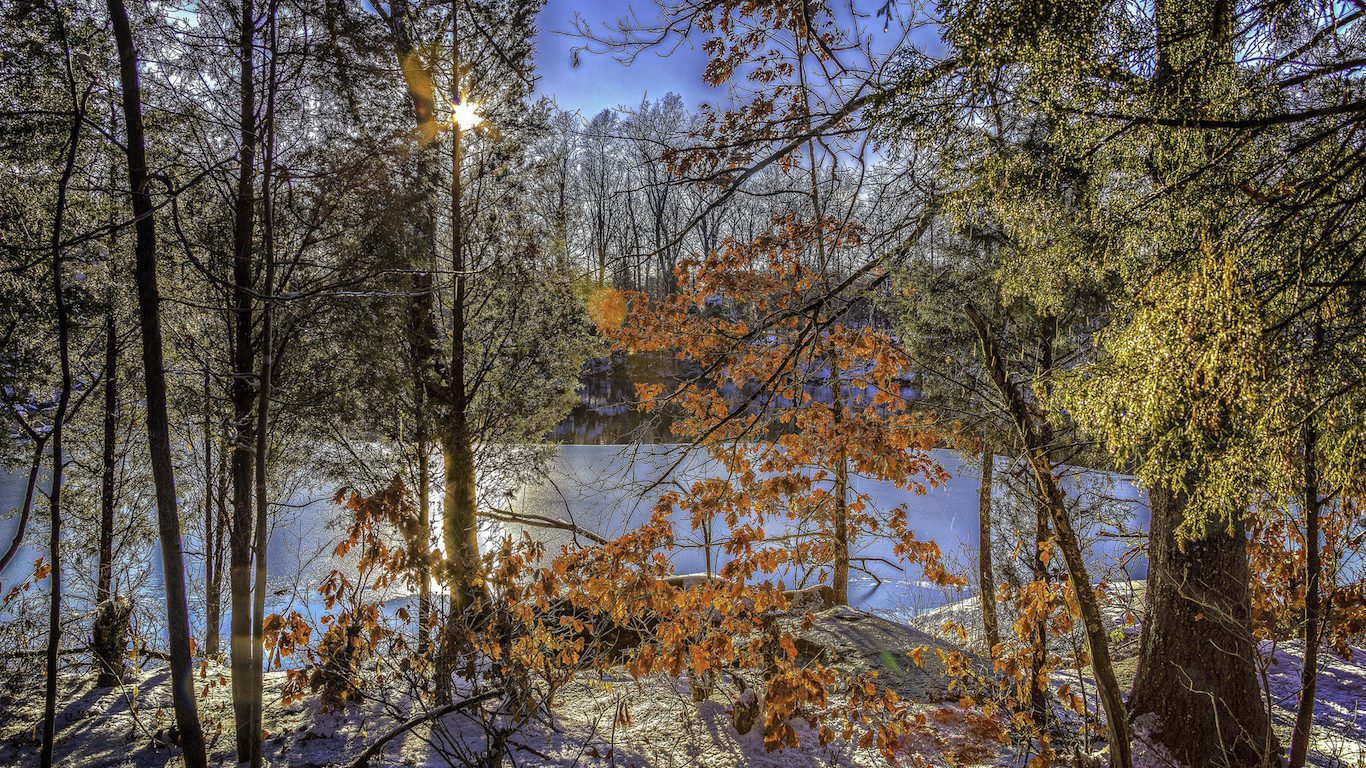
29. Brambleton, Virginia
> Median household income: $164,321
> Median home value: $547,700
> Adults with at least a bachelor’s degree: 79.1%
> Poverty rate: 1.6%
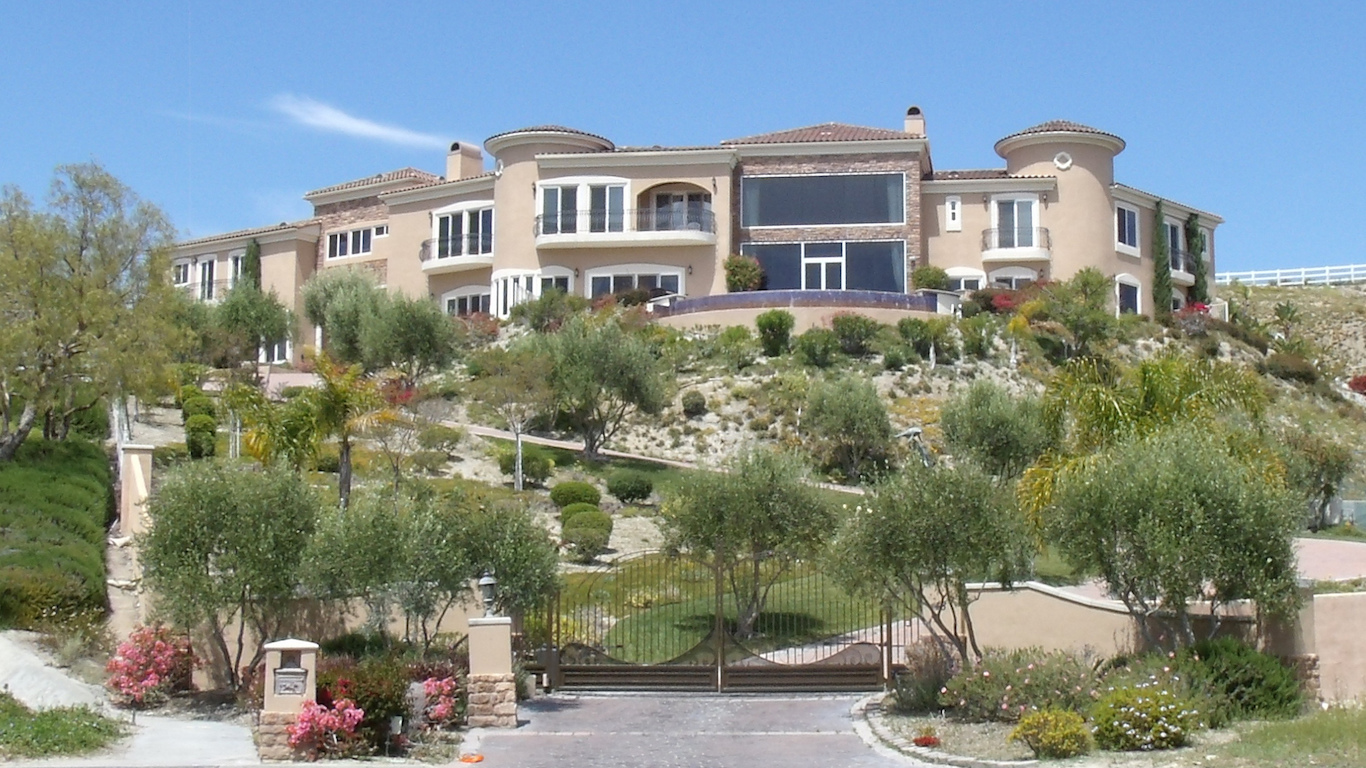
28. Coto de Caza, California
> Median household income: $165,046
> Median home value: $911,600
> Adults with at least a bachelor’s degree: 62.8%
> Poverty rate: 3.6%
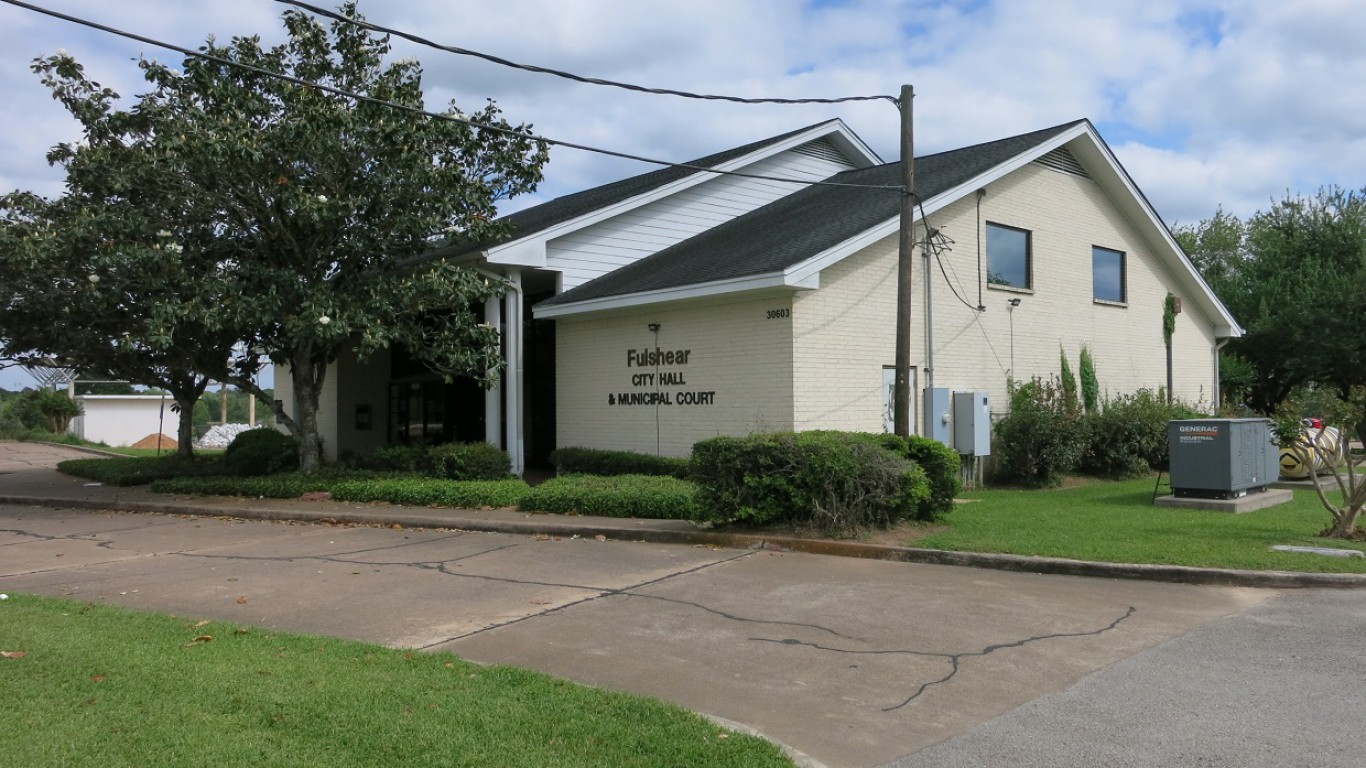
27. Fulshear, Texas
> Median household income: $167,708
> Median home value: $409,500
> Adults with at least a bachelor’s degree: 63.8%
> Poverty rate: 2.2%
[in-text-ad-2]
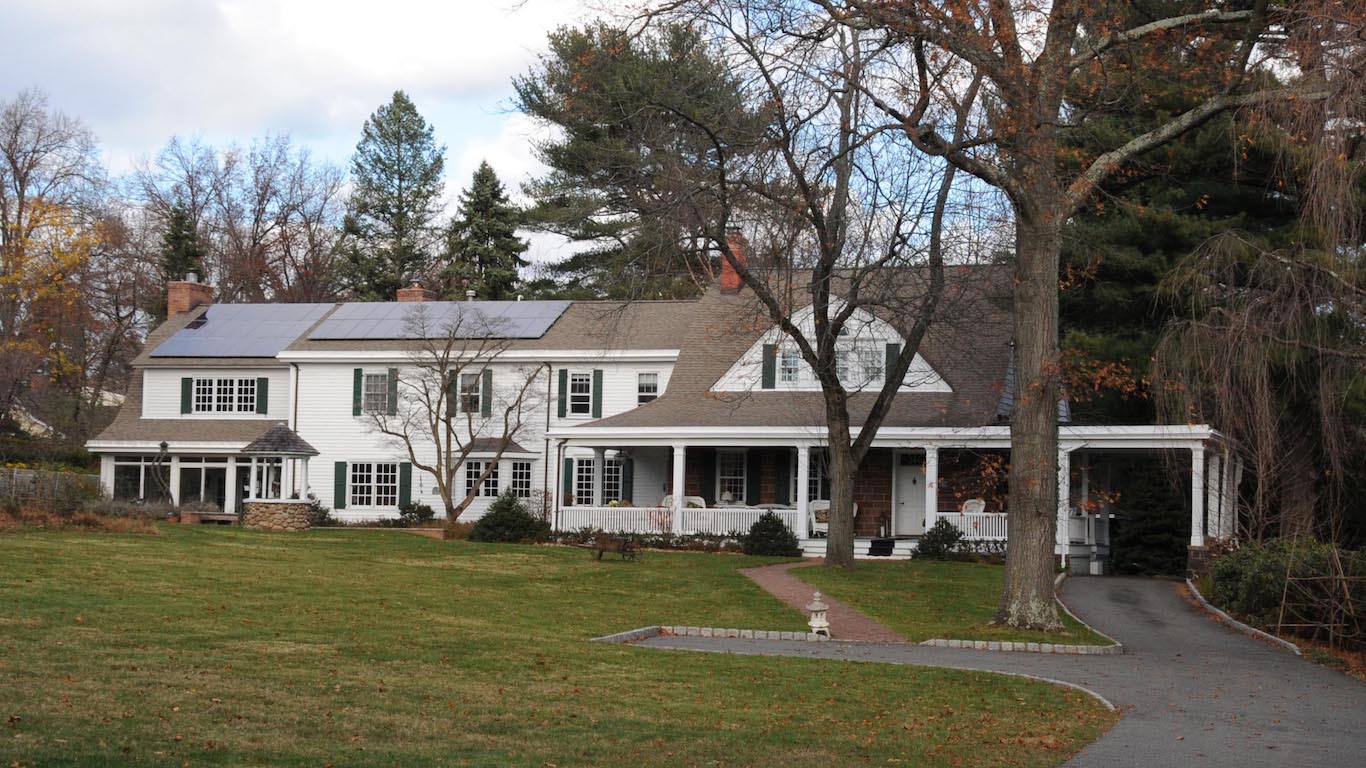
26. Haworth, New Jersey
> Median household income: $168,371
> Median home value: $644,700
> Adults with at least a bachelor’s degree: 69.7%
> Poverty rate: 1.0%
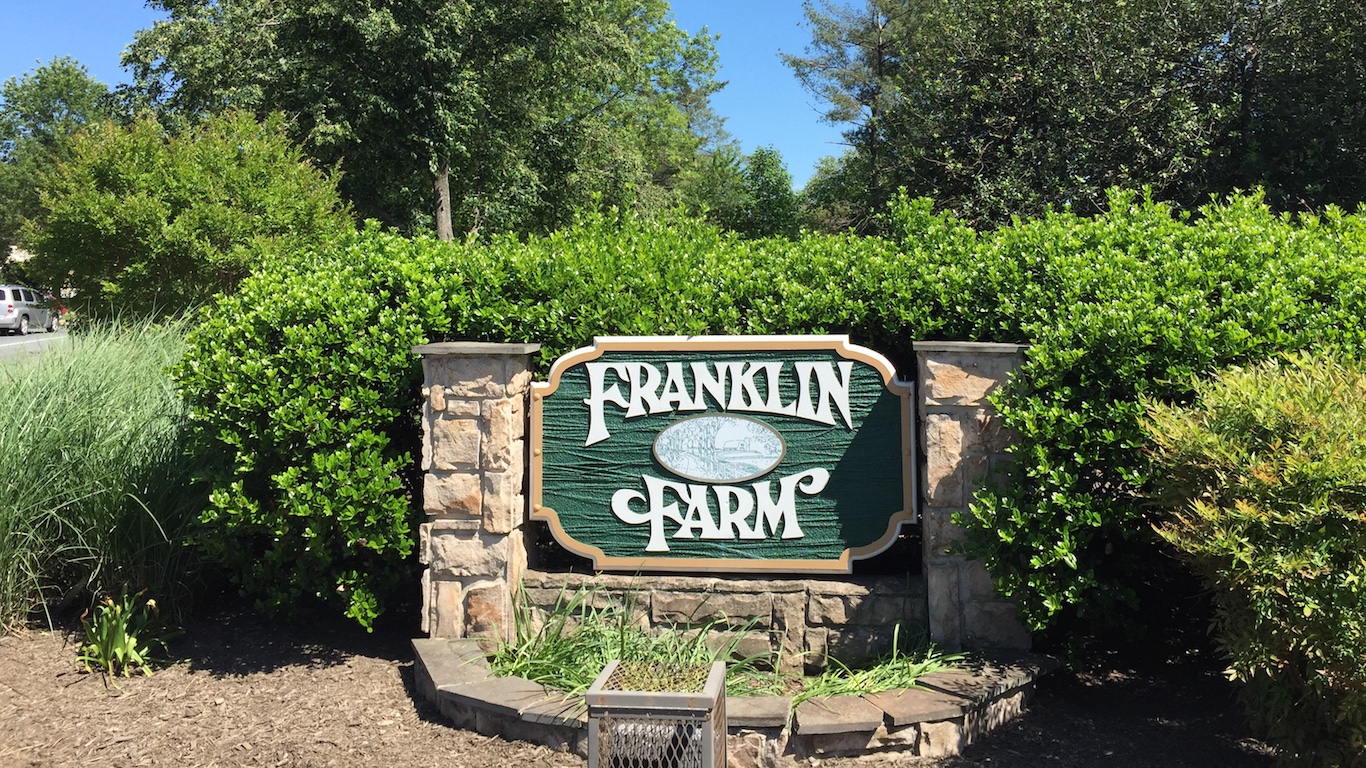
25. Franklin Farm, Virginia
> Median household income: $168,750
> Median home value: $594,000
> Adults with at least a bachelor’s degree: 75.6%
> Poverty rate: 3.4%
[in-text-ad]
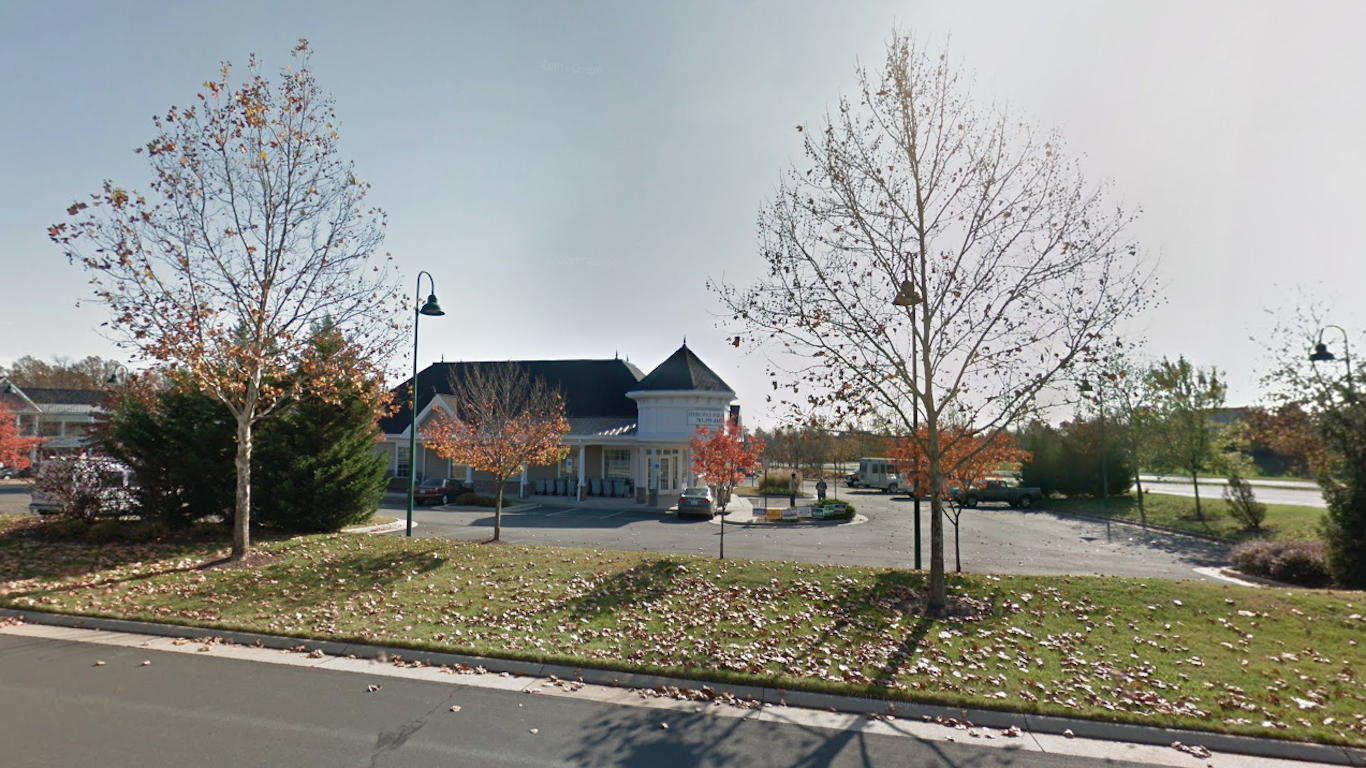
24. Broadlands, Virginia
> Median household income: $169,353
> Median home value: $569,800
> Adults with at least a bachelor’s degree: 76.1%
> Poverty rate: 1.3%
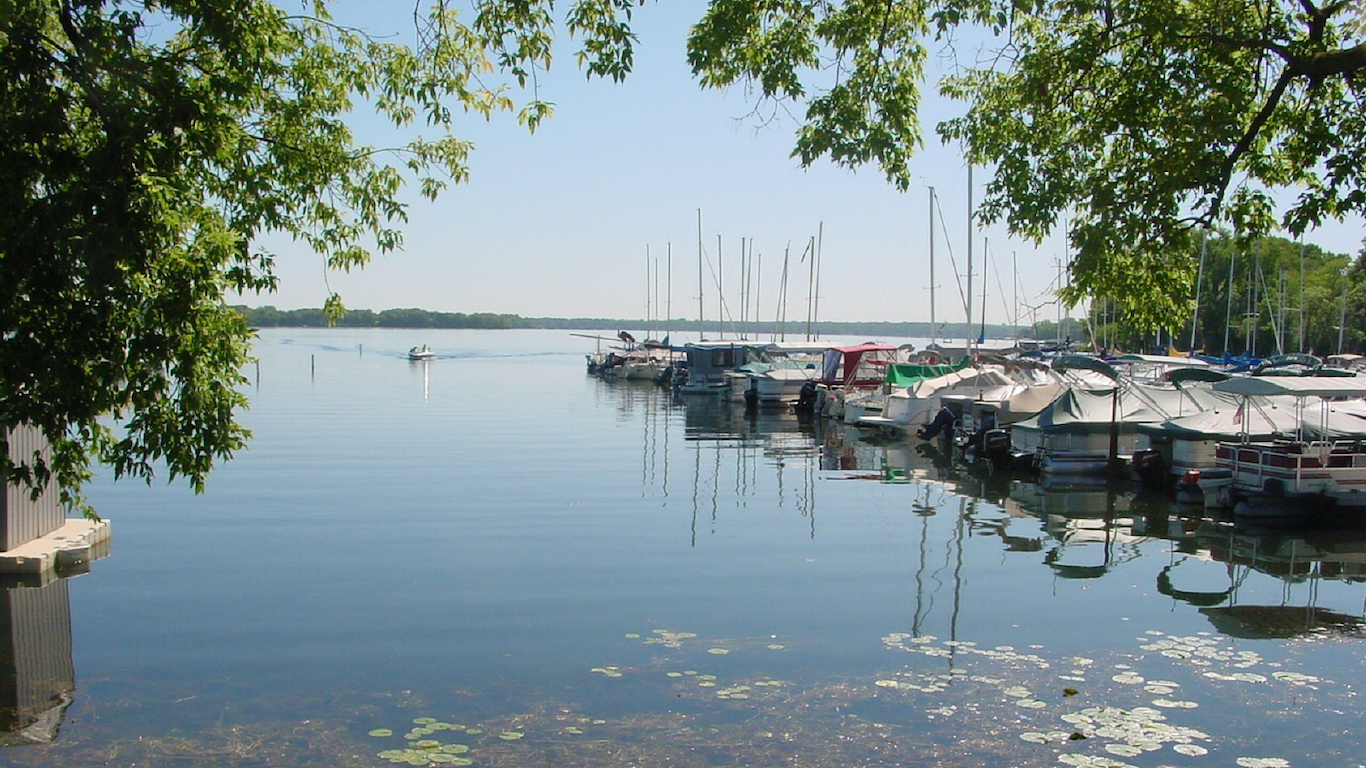
23. Dellwood, Minnesota
> Median household income: $171,250
> Median home value: $528,800
> Adults with at least a bachelor’s degree: 71.9%
> Poverty rate: 1.8%
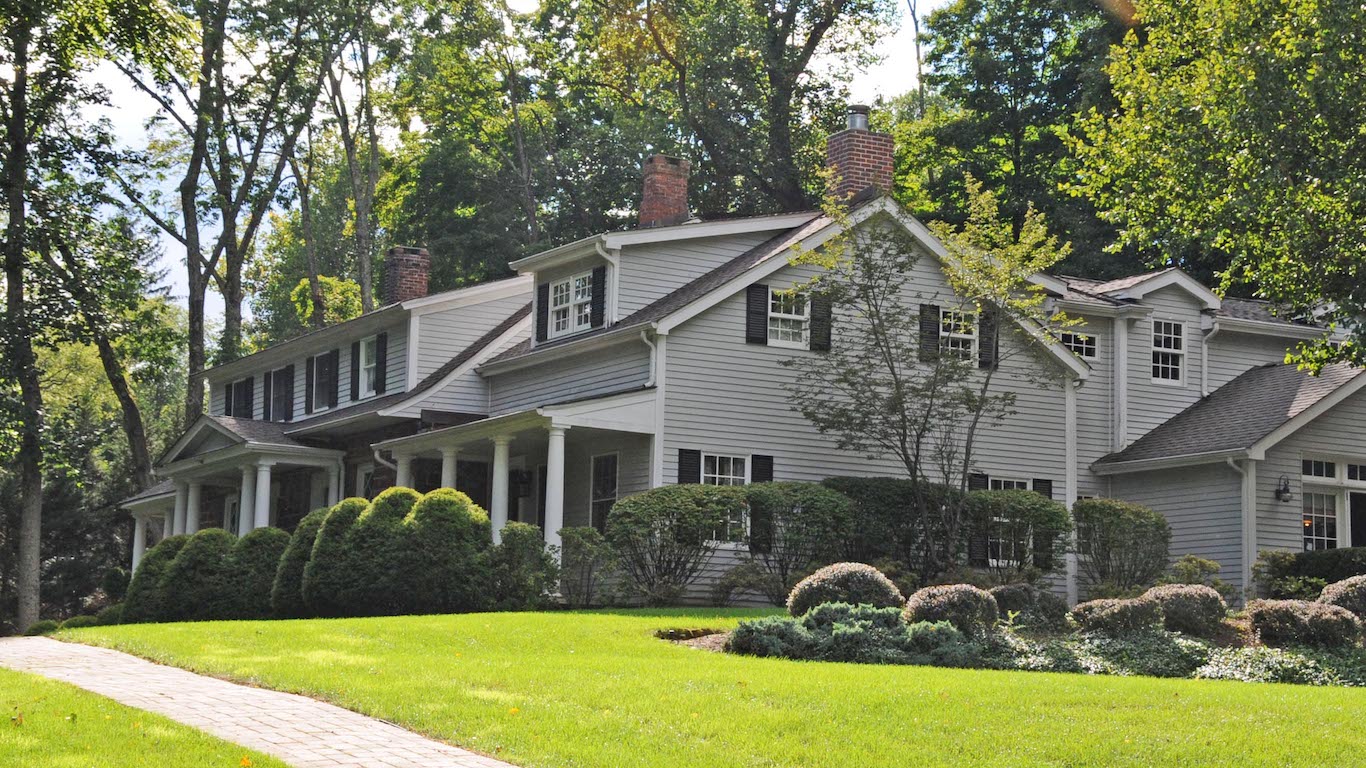
22. Upper Saddle River, New Jersey
> Median household income: $171,747
> Median home value: $905,100
> Adults with at least a bachelor’s degree: 69.8%
> Poverty rate: 0.5%
[in-text-ad-2]
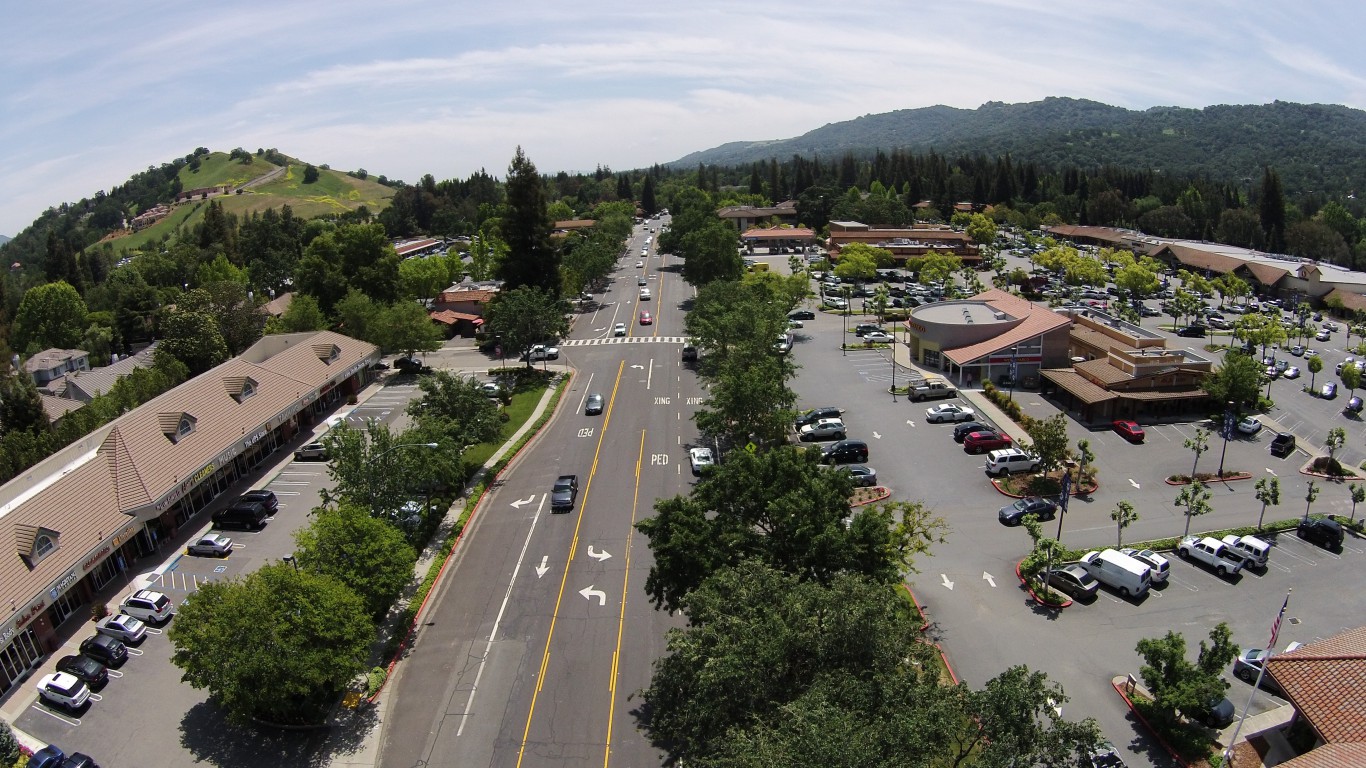
21. Alamo, California
> Median household income: $171,767
> Median home value: $1,411,800
> Adults with at least a bachelor’s degree: 72.4%
> Poverty rate: 2.3%
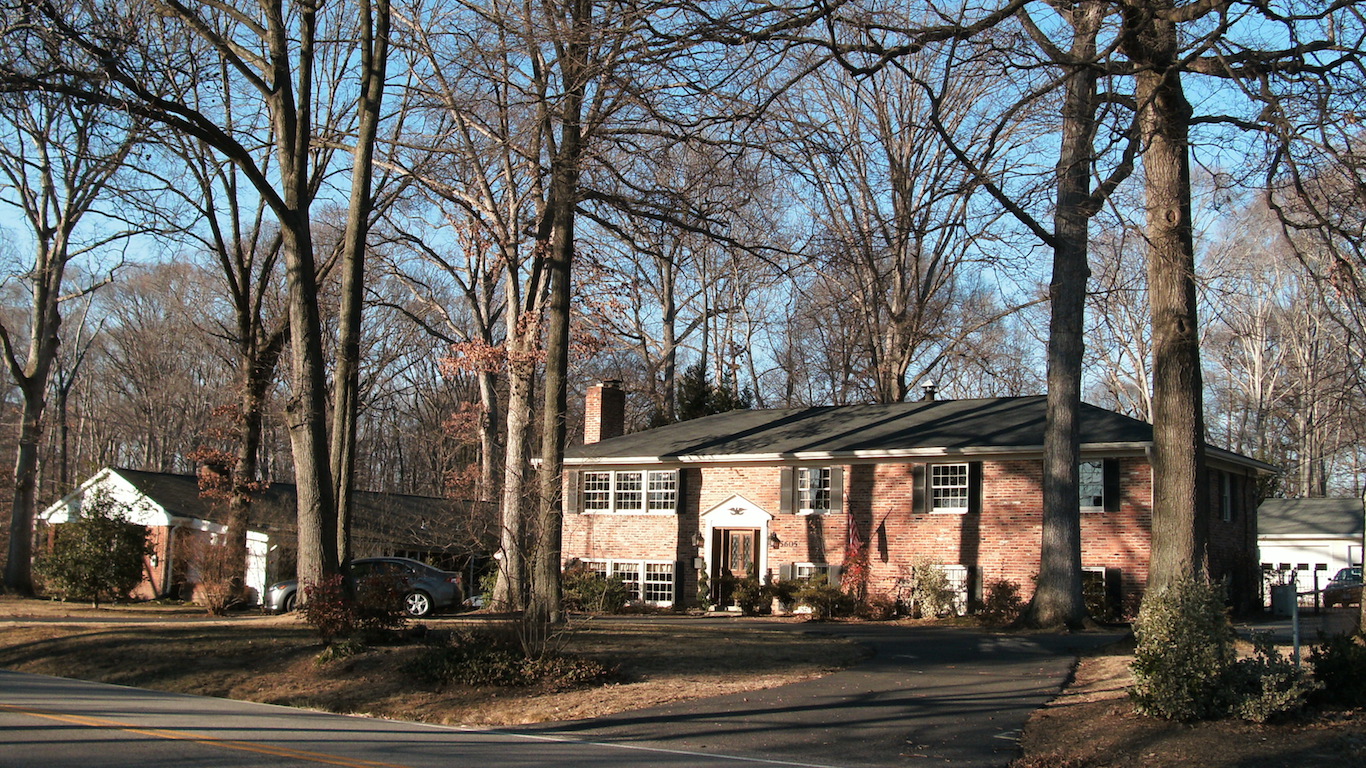
20. Fort Hunt, Virginia
> Median household income: $172,857
> Median home value: $668,000
> Adults with at least a bachelor’s degree: 79.1%
> Poverty rate: 0.7%
[in-text-ad]

19. Dranesville, Virginia
> Median household income: $172,946
> Median home value: $548,200
> Adults with at least a bachelor’s degree: 70.7%
> Poverty rate: 1.9%
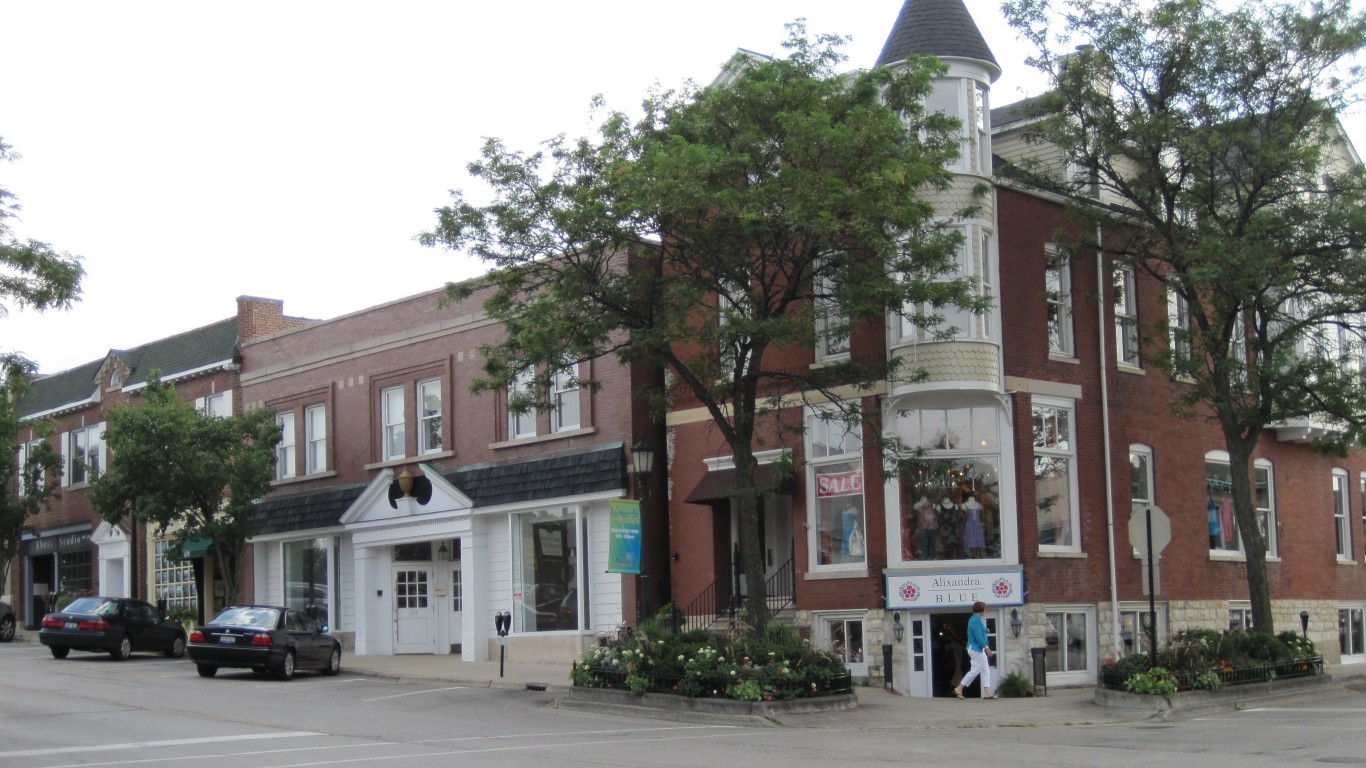
18. Hinsdale, Illinois
> Median household income: $173,558
> Median home value: $859,400
> Adults with at least a bachelor’s degree: 79.0%
> Poverty rate: 4.4%
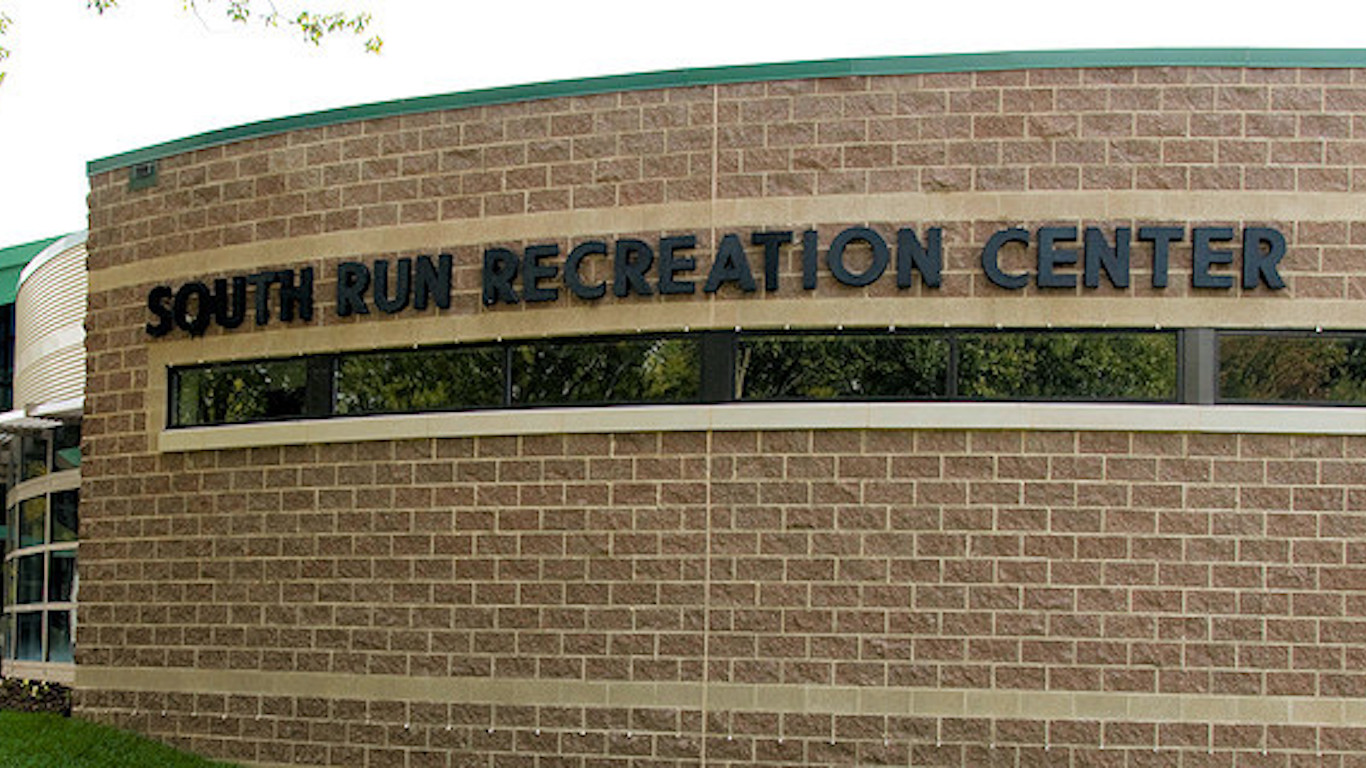
17. South Run, Virginia
> Median household income: $186,271
> Median home value: $731,100
> Adults with at least a bachelor’s degree: 79.7%
> Poverty rate: 2.7%
[in-text-ad-2]
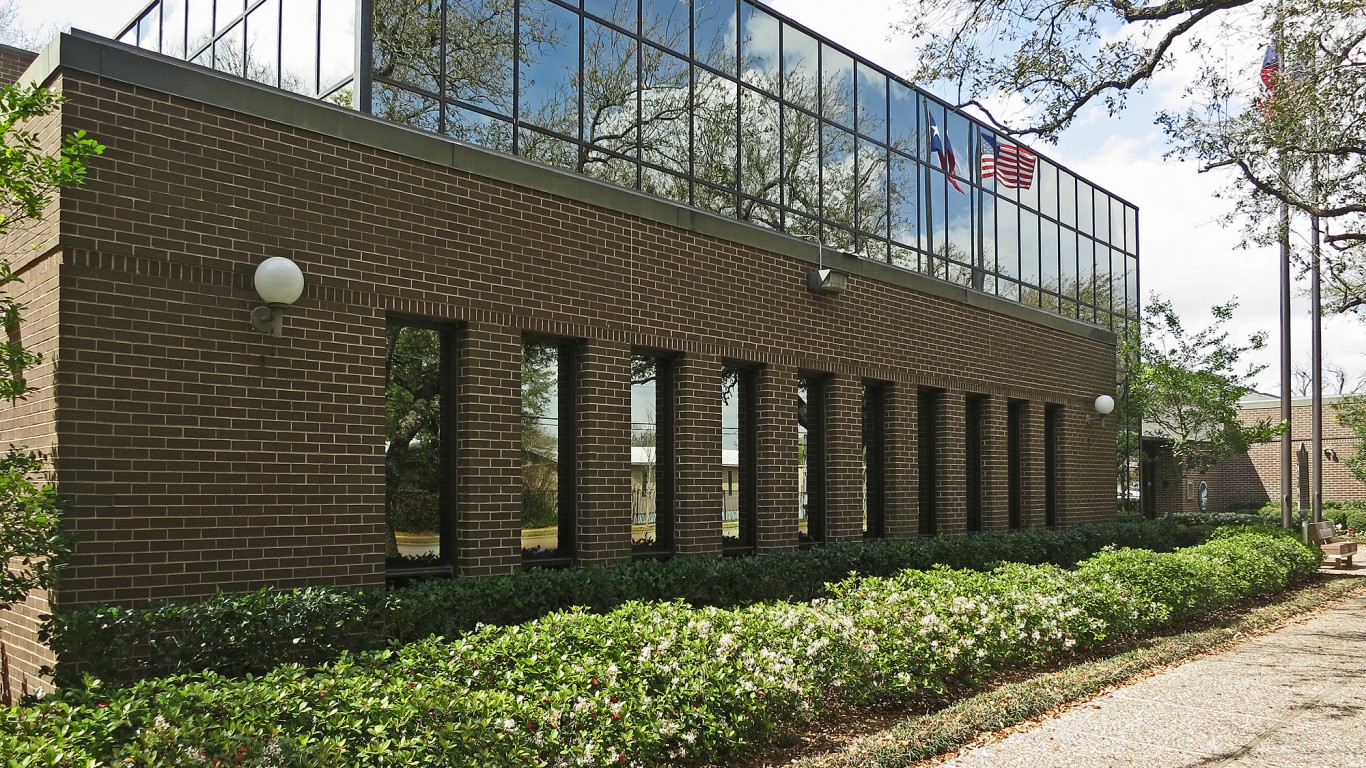
16. Bellaire, Texas
> Median household income: $187,805
> Median home value: $770,500
> Adults with at least a bachelor’s degree: 78.8%
> Poverty rate: 1.7%
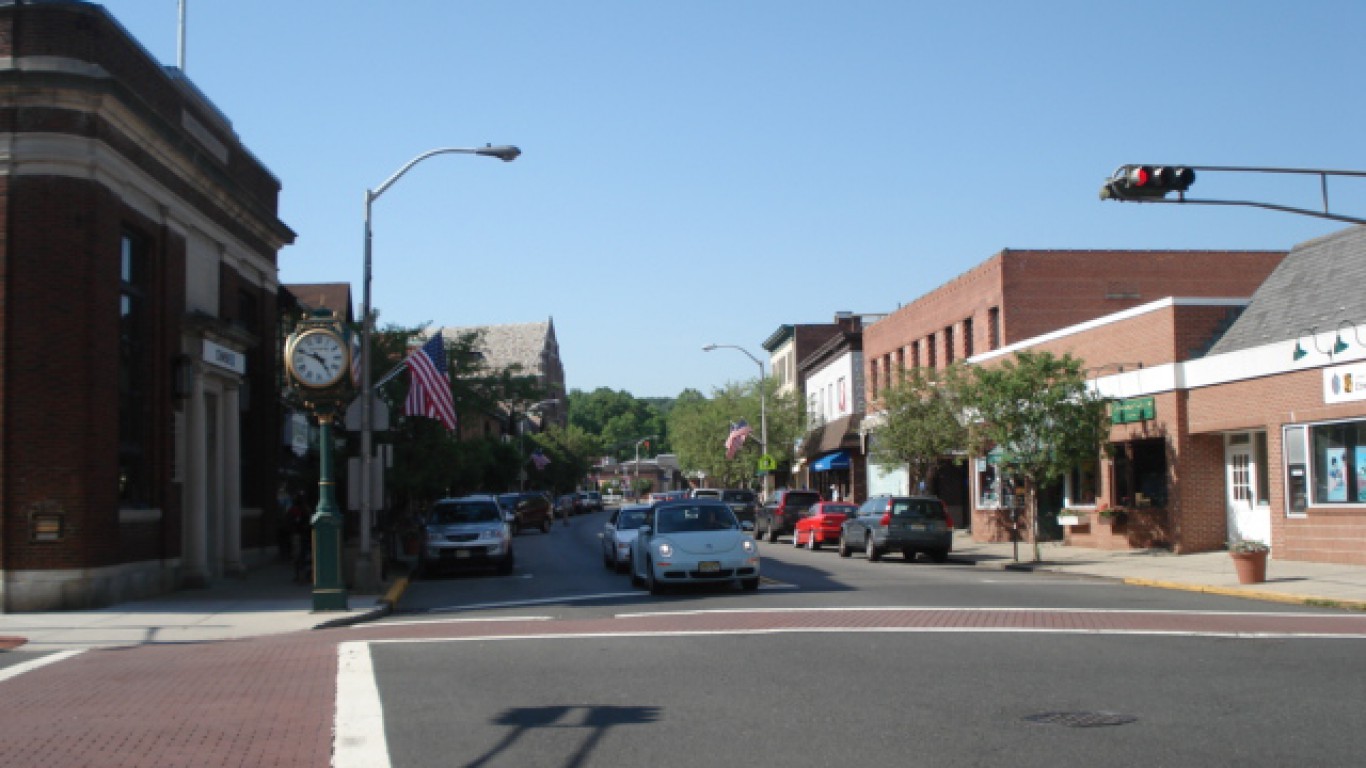
15. Upper Montclair, New Jersey
> Median household income: $190,515
> Median home value: $702,300
> Adults with at least a bachelor’s degree: 86.4%
> Poverty rate: 3.3%
[in-text-ad]
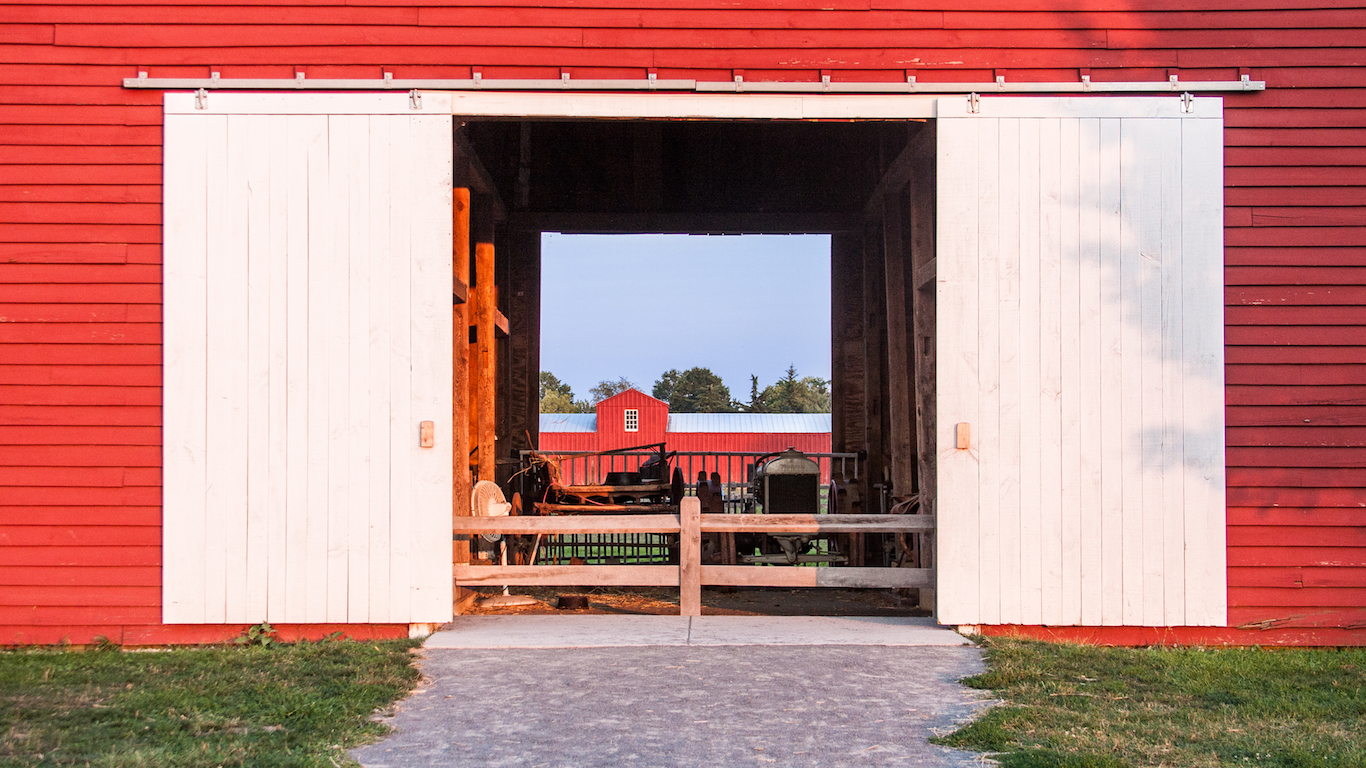
14. Floris, Virginia
> Median household income: $196,544
> Median home value: $649,200
> Adults with at least a bachelor’s degree: 79.5%
> Poverty rate: 4.6%
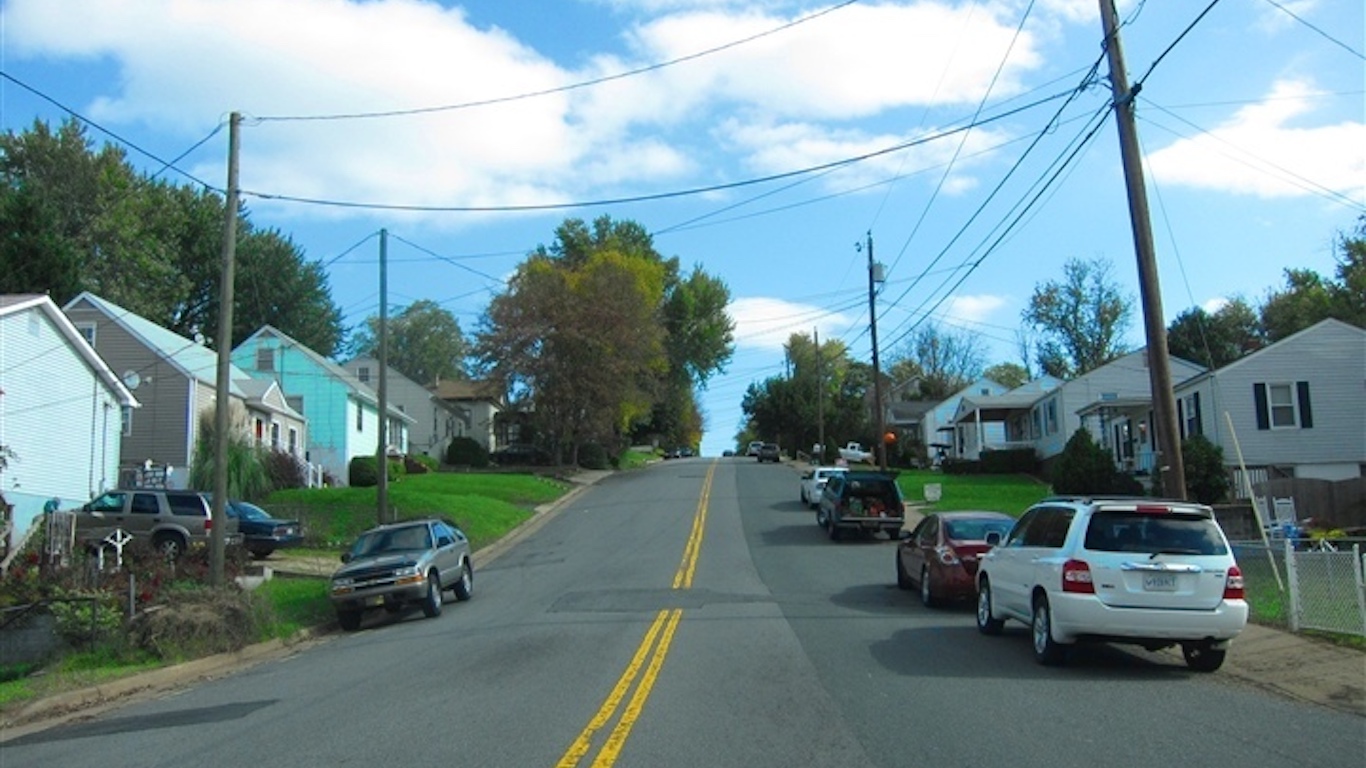
13. Belmont, Virginia
> Median household income: $197,083
> Median home value: $678,700
> Adults with at least a bachelor’s degree: 74.6%
> Poverty rate: 2.1%
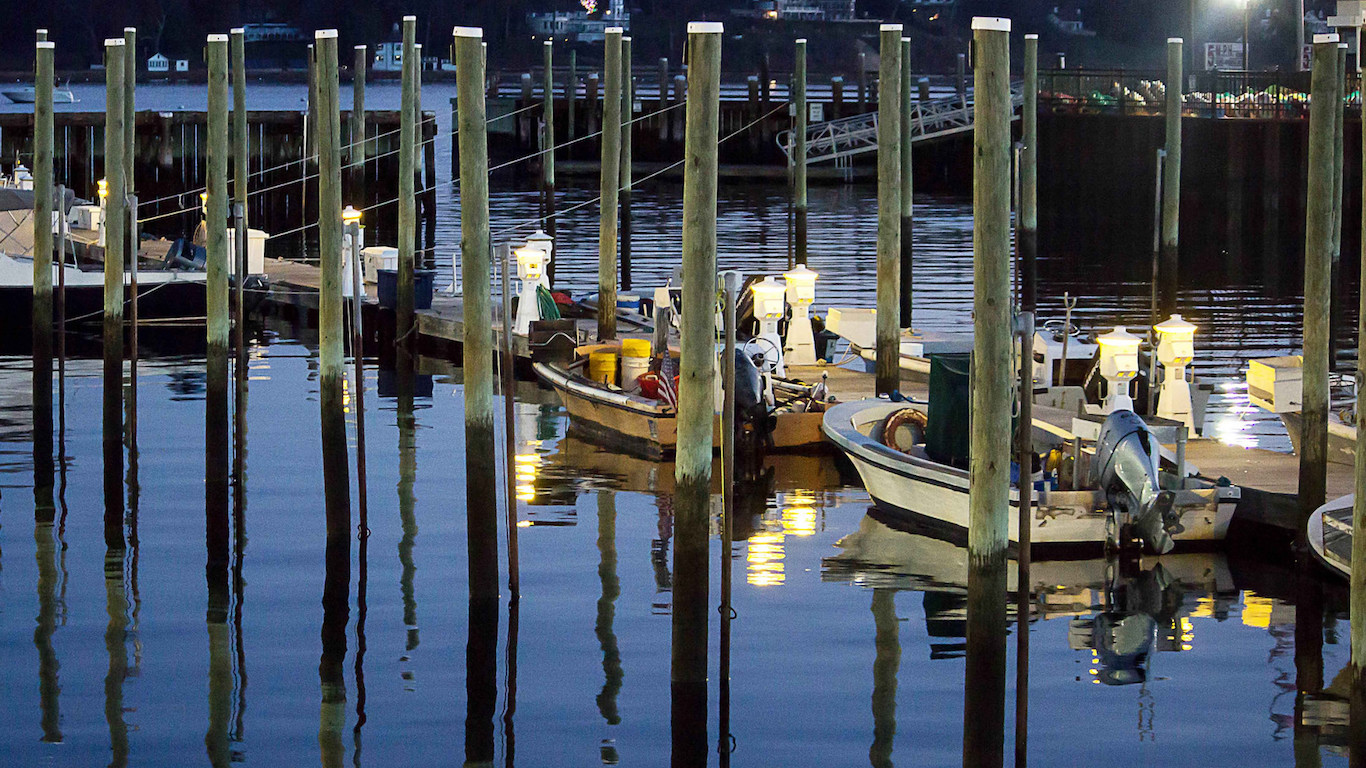
12. Oyster Bay Cove, New York
> Median household income: $204,107
> Median home value: $1,506,900
> Adults with at least a bachelor’s degree: 72.2%
> Poverty rate: 0.2%
[in-text-ad-2]

11. Loyola, California
> Median household income: $204,726
> Median home value: $2,000,000+
> Adults with at least a bachelor’s degree: 83.5%
> Poverty rate: 1.8%
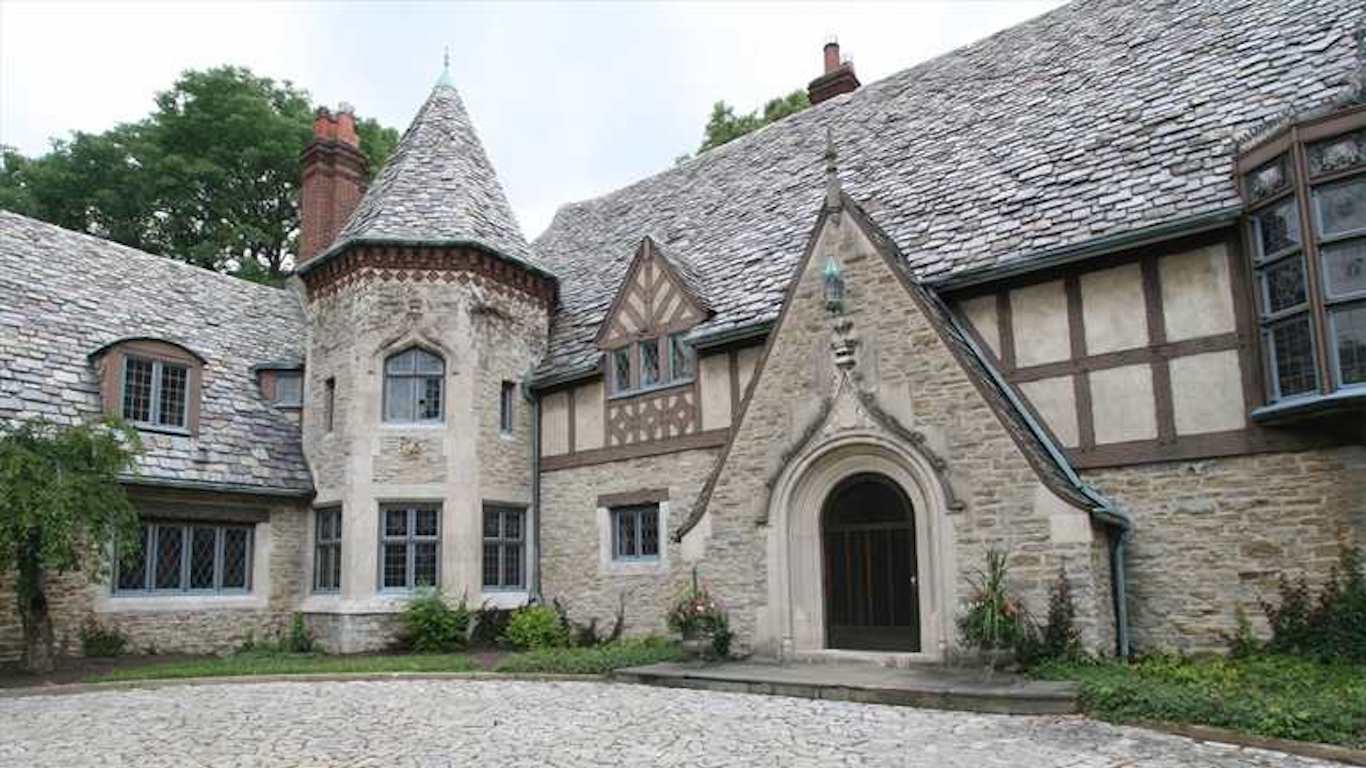
10. The Village of Indian Hill, Ohio
> Median household income: $205,221
> Median home value: $922,500
> Adults with at least a bachelor’s degree: 88.1%
> Poverty rate: 3.1%
[in-text-ad]
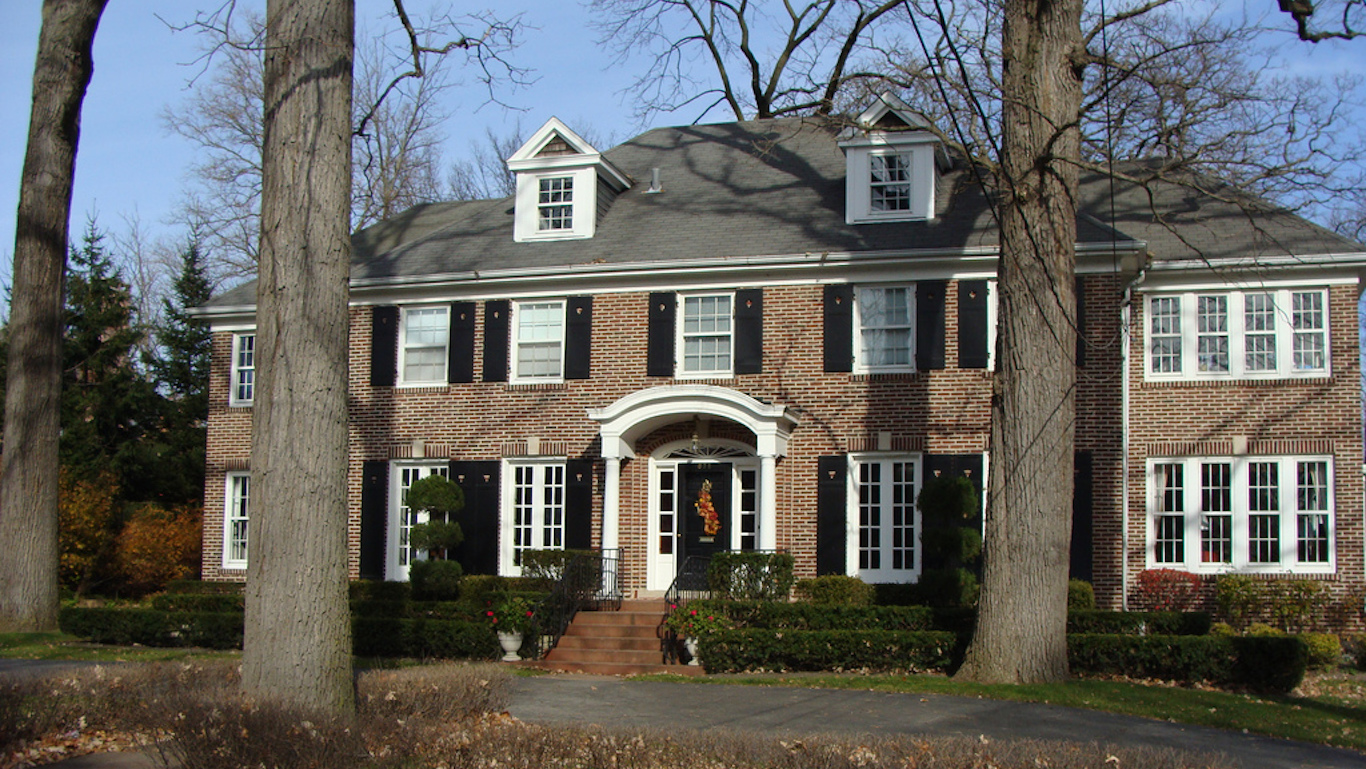
9. Winnetka, Illinois
> Median household income: $207,857
> Median home value: $989,600
> Adults with at least a bachelor’s degree: 88.1%
> Poverty rate: 2.8%
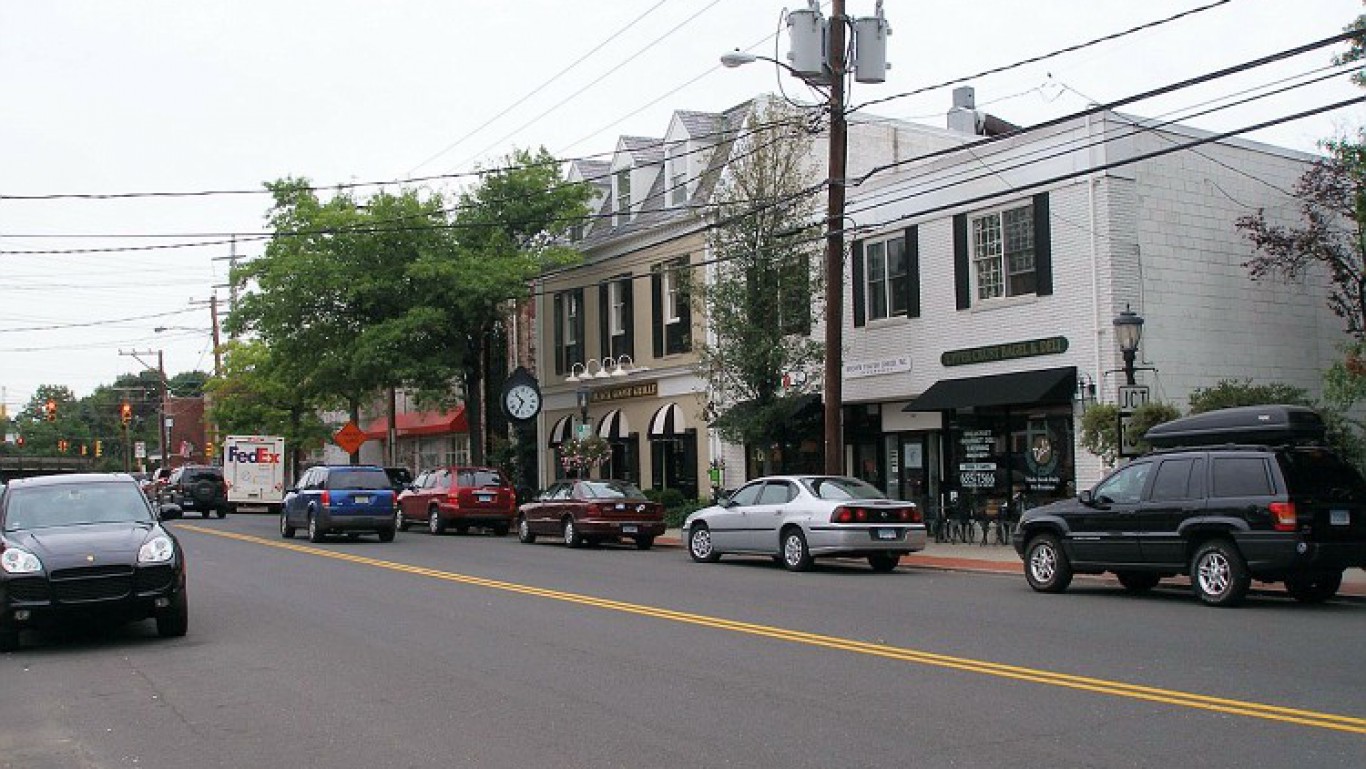
8. Darien, Connecticut
> Median household income: $208,125
> Median home value: $1,248,200
> Adults with at least a bachelor’s degree: 79.5%
> Poverty rate: 4.8%

7. Wolf Trap, Virginia
> Median household income: $212,489
> Median home value: $871,800
> Adults with at least a bachelor’s degree: 83.3%
> Poverty rate: 1.6%
[in-text-ad-2]
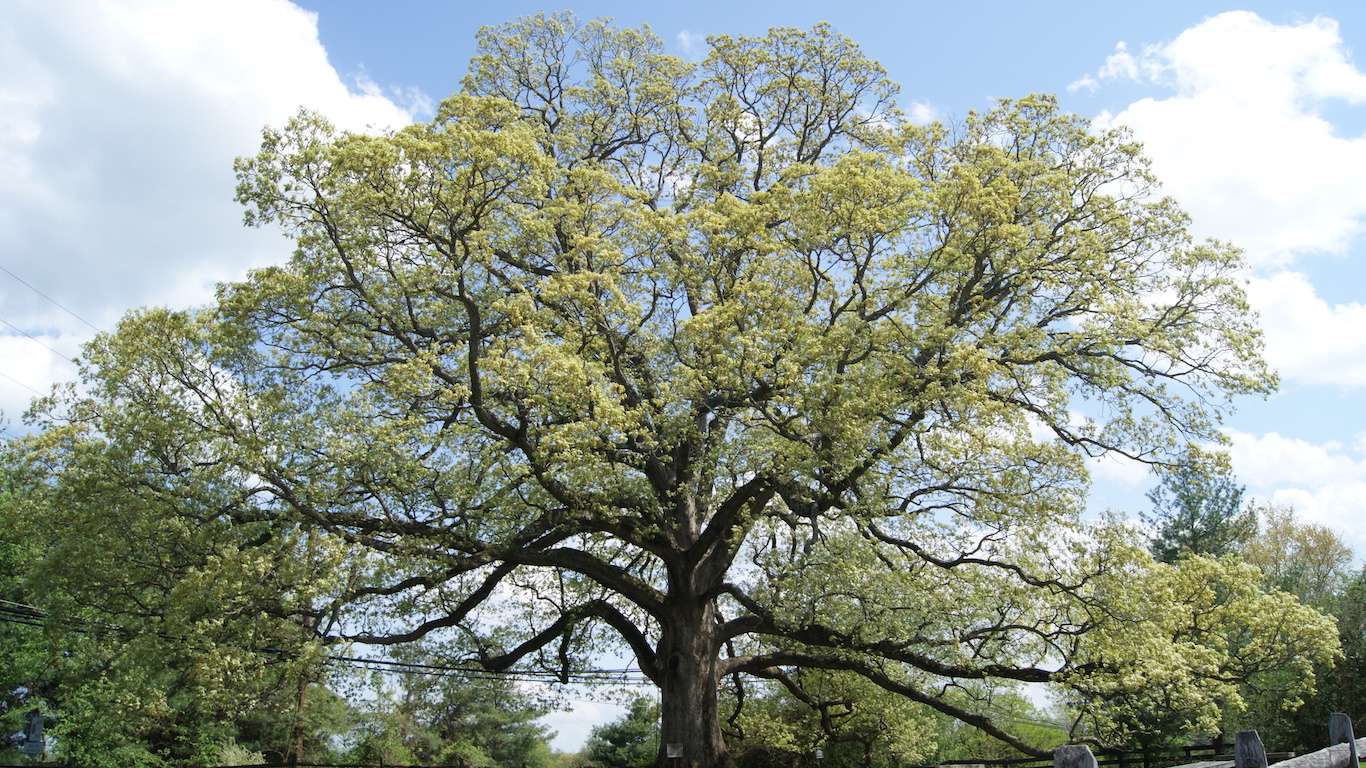
6. Travilah, Maryland
> Median household income: $215,688
> Median home value: $1,055,400
> Adults with at least a bachelor’s degree: 78.8%
> Poverty rate: 3.5%
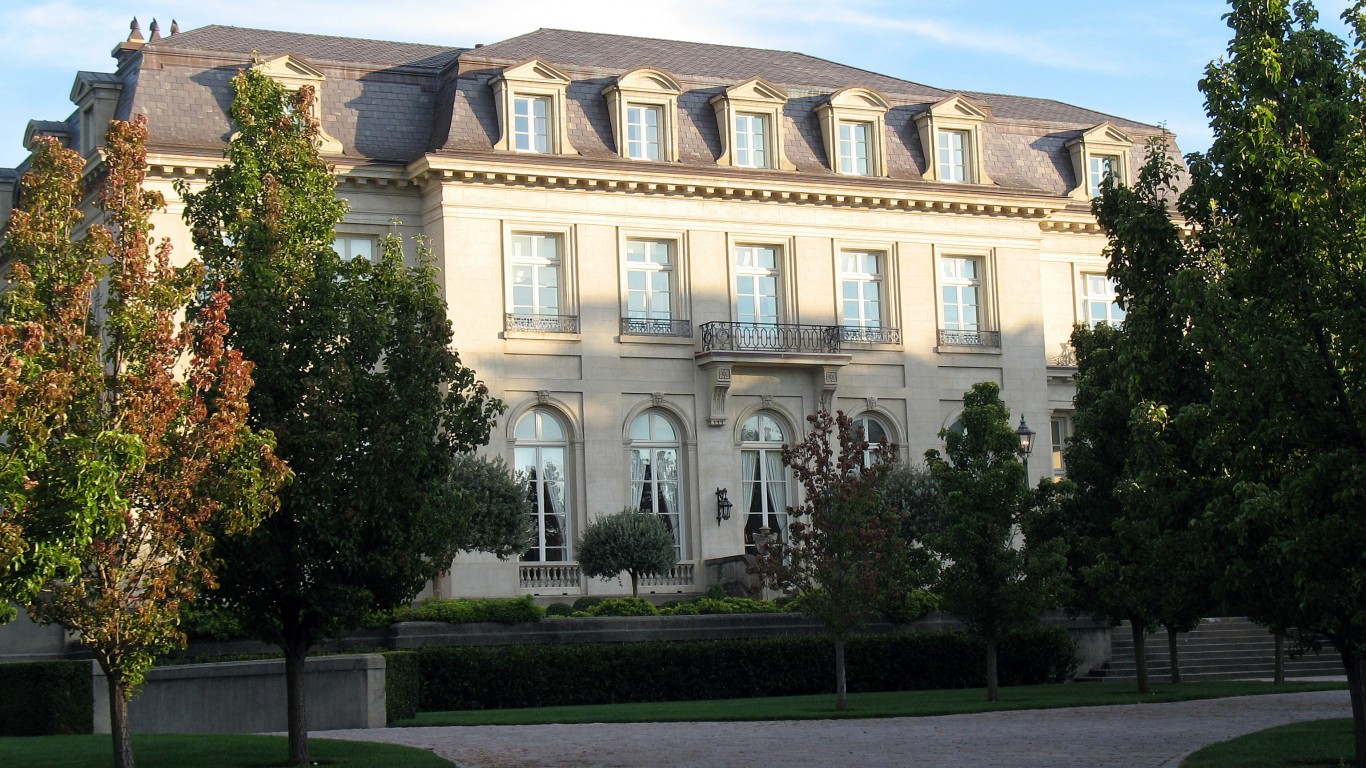
5. Hillsborough, California
> Median household income: $216,292
> Median home value: $2,000,000+
> Adults with at least a bachelor’s degree: 77.1%
> Poverty rate: 2.8%
[in-text-ad]

4. Rolling Hills, California
> Median household income: $220,764
> Median home value: $2,000,000+
> Adults with at least a bachelor’s degree: 71.1%
> Poverty rate: 2.0%

3. Great Falls, Virginia
> Median household income: $230,304
> Median home value: $1,123,300
> Adults with at least a bachelor’s degree: 81.9%
> Poverty rate: 2.2%

2. Sands Point, New York
> Median household income: $231,667
> Median home value: $2,000,000+
> Adults with at least a bachelor’s degree: 79.3%
> Poverty rate: 1.2%
[in-text-ad-2]
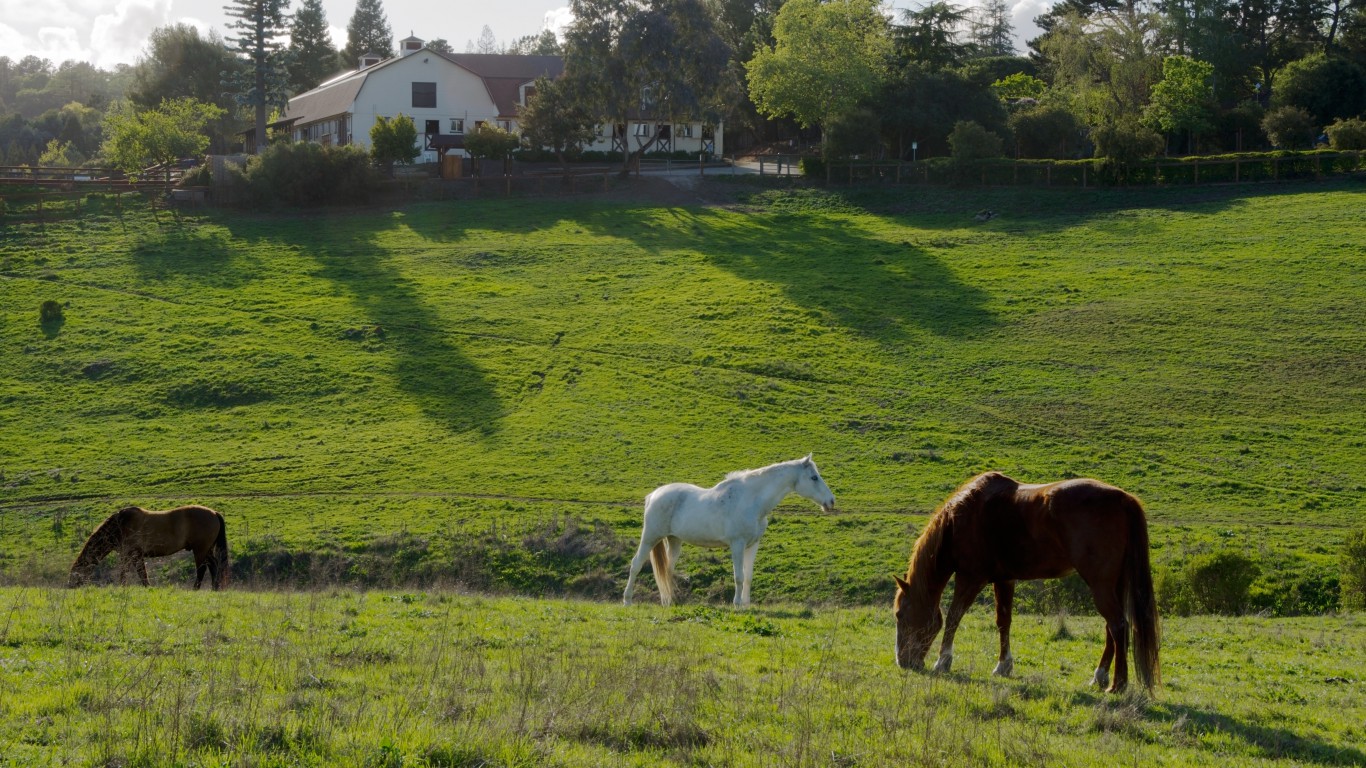
1. Los Altos Hills, California
> Median household income: $243,701
> Median home value: $2,000,000+
> Adults with at least a bachelor’s degree: 84.6%
> Poverty rate: 4.2%
Detailed Findings & Methodology
One of the largest determinants of income is educational attainment. Individuals with high school, college, and professional degrees are more likely to work at high-paying jobs, and areas where the population has higher educational attainment overall are more likely to attract advanced industry and commercial activity. In all of the 30 wealthiest towns, the share of adults with at least a bachelor’s degree is more than twice the national college attainment rate of 30.3%.
A majority of the wealthiest towns are suburbs of major cities. Many residents of the richest parts of the country commute to high-paying jobs in neighboring metropolises. Sands Point and Oyster Bay Cove, for example, are located on Long Island roughly one hour from Manhattan. In both villages, more than 85% of workers commute to jobs in other cities every day.
Darien, Connecticut, the eighth wealthiest town, is about a 90-minute ride on the Metro-North Railroad to Grand Central Station in New York City. Wolf Trap, Virginia, is an hour commute via the Washington Metro to downtown Washington, D.C., and Winnetka, Illinois is about a 40-minute ride on the Metra railroad from Chicago. In 26 of the 30 wealthiest towns, more than 80% of workers commute to other cities for work.
To determine America’s richest towns, 24/7 Wall St. reviewed five-year household income data from the U.S. Census Bureau’s American Community Survey in every American town with a population between 1,000 and 25,000. For comparison purposes, boroughs, census designated places, cities, towns, and villages were all considered. We excluded towns for which the margin of error at 90% confidence was greater than 10% of either the median household income or the population. Poverty rates, median home values, and the percentage of adults with at least a bachelor’s degree also came from the ACS and are also five-year estimates through 2016.
100 Million Americans Are Missing This Crucial Retirement Tool
The thought of burdening your family with a financial disaster is most Americans’ nightmare. However, recent studies show that over 100 million Americans still don’t have proper life insurance in the event they pass away.
Life insurance can bring peace of mind – ensuring your loved ones are safeguarded against unforeseen expenses and debts. With premiums often lower than expected and a variety of plans tailored to different life stages and health conditions, securing a policy is more accessible than ever.
A quick, no-obligation quote can provide valuable insight into what’s available and what might best suit your family’s needs. Life insurance is a simple step you can take today to help secure peace of mind for your loved ones tomorrow.
Click here to learn how to get a quote in just a few minutes.
Thank you for reading! Have some feedback for us?
Contact the 24/7 Wall St. editorial team.
 24/7 Wall St.
24/7 Wall St. 24/7 Wall St.
24/7 Wall St. 24/7 Wall St.
24/7 Wall St. 24/7 Wall St.
24/7 Wall St. 24/7 Wall St.
24/7 Wall St.



